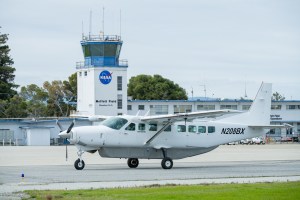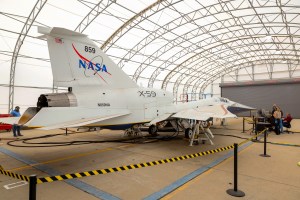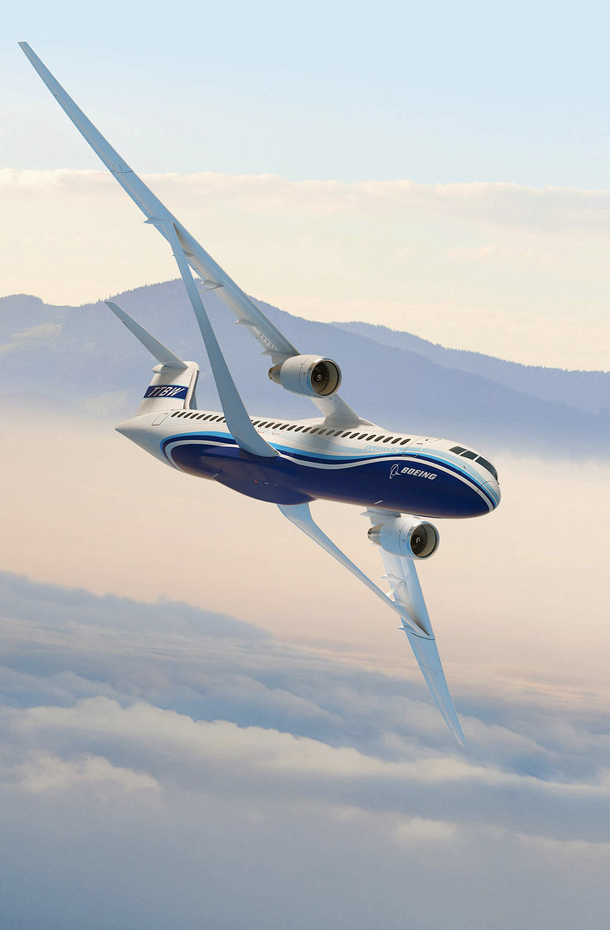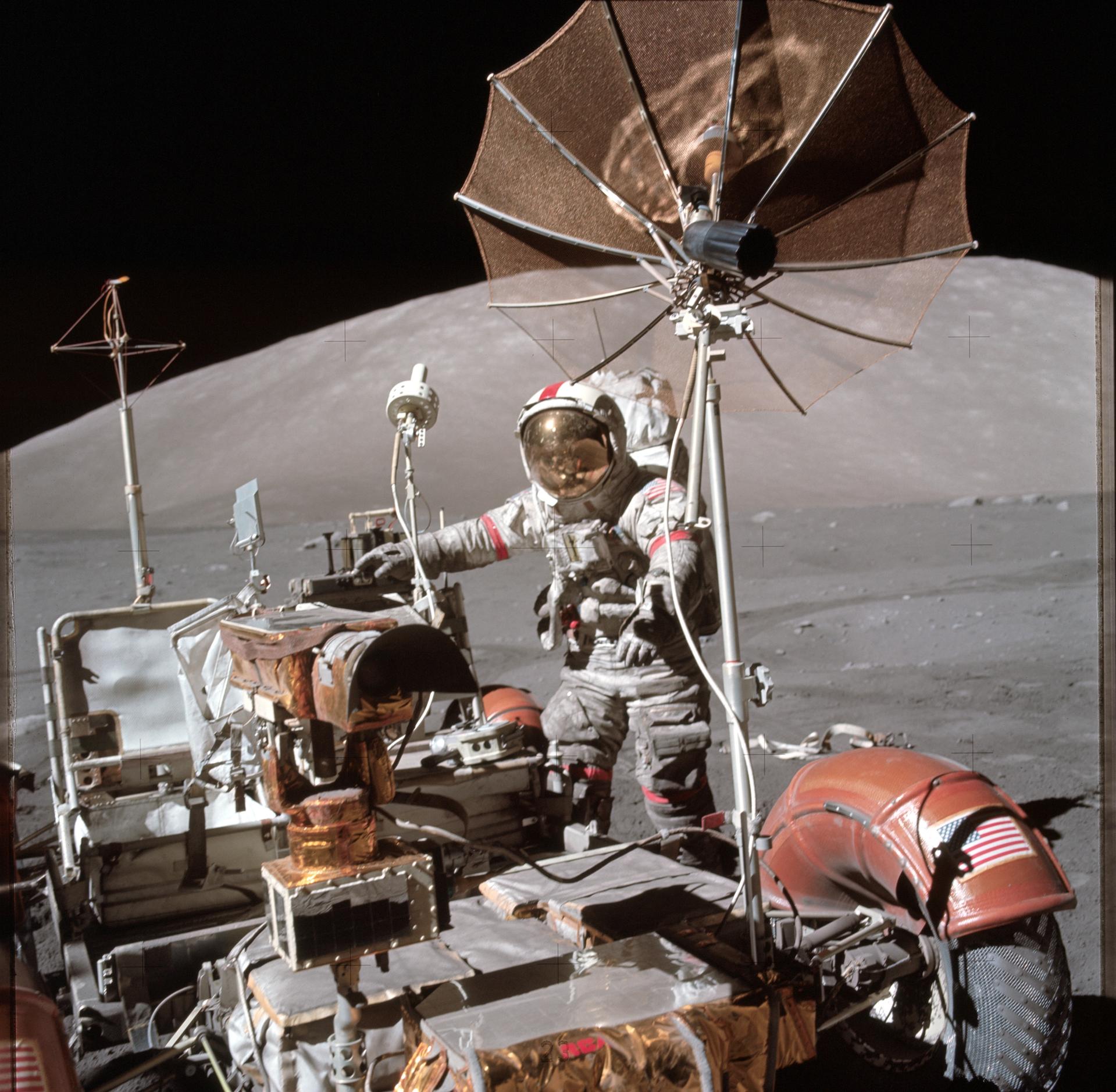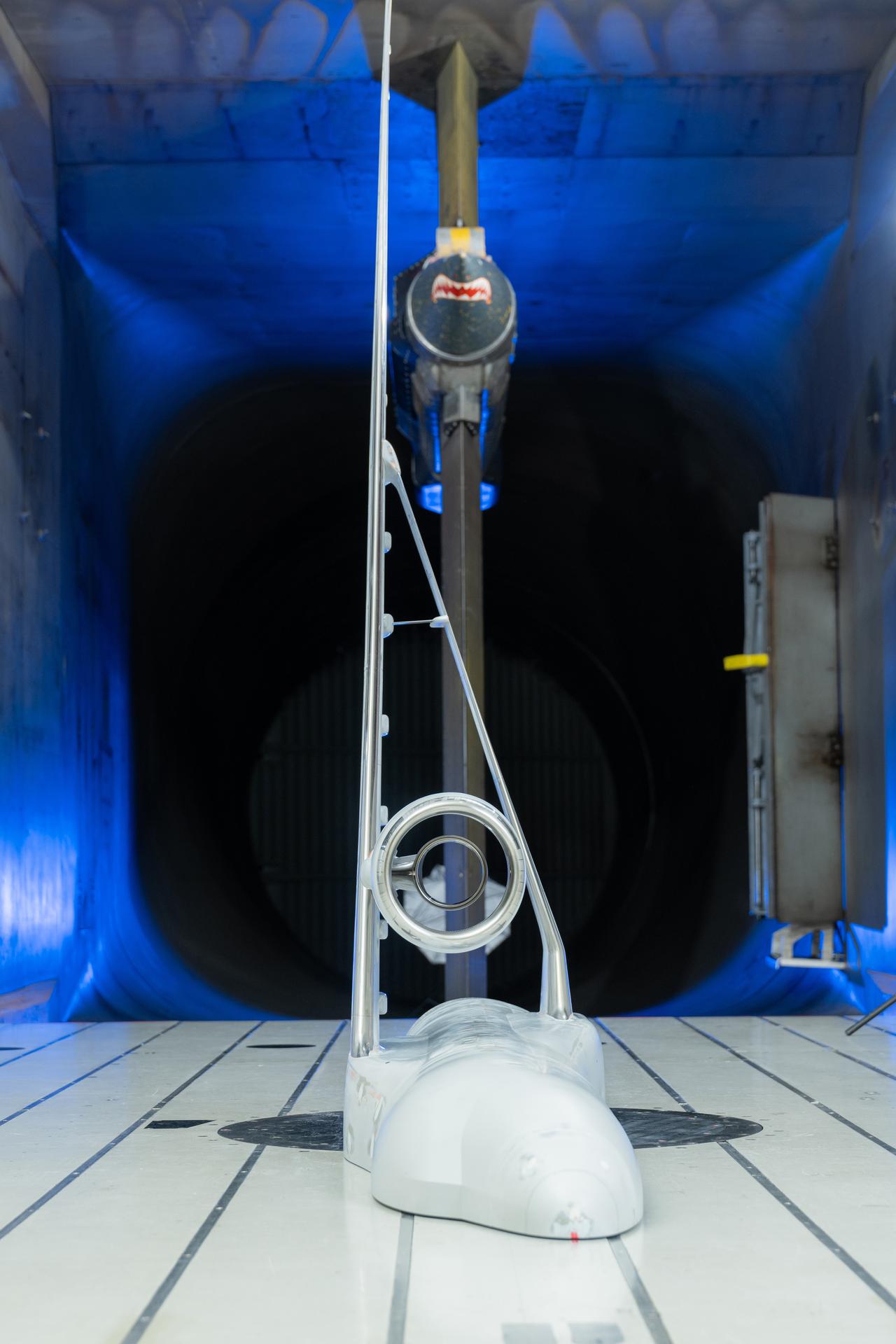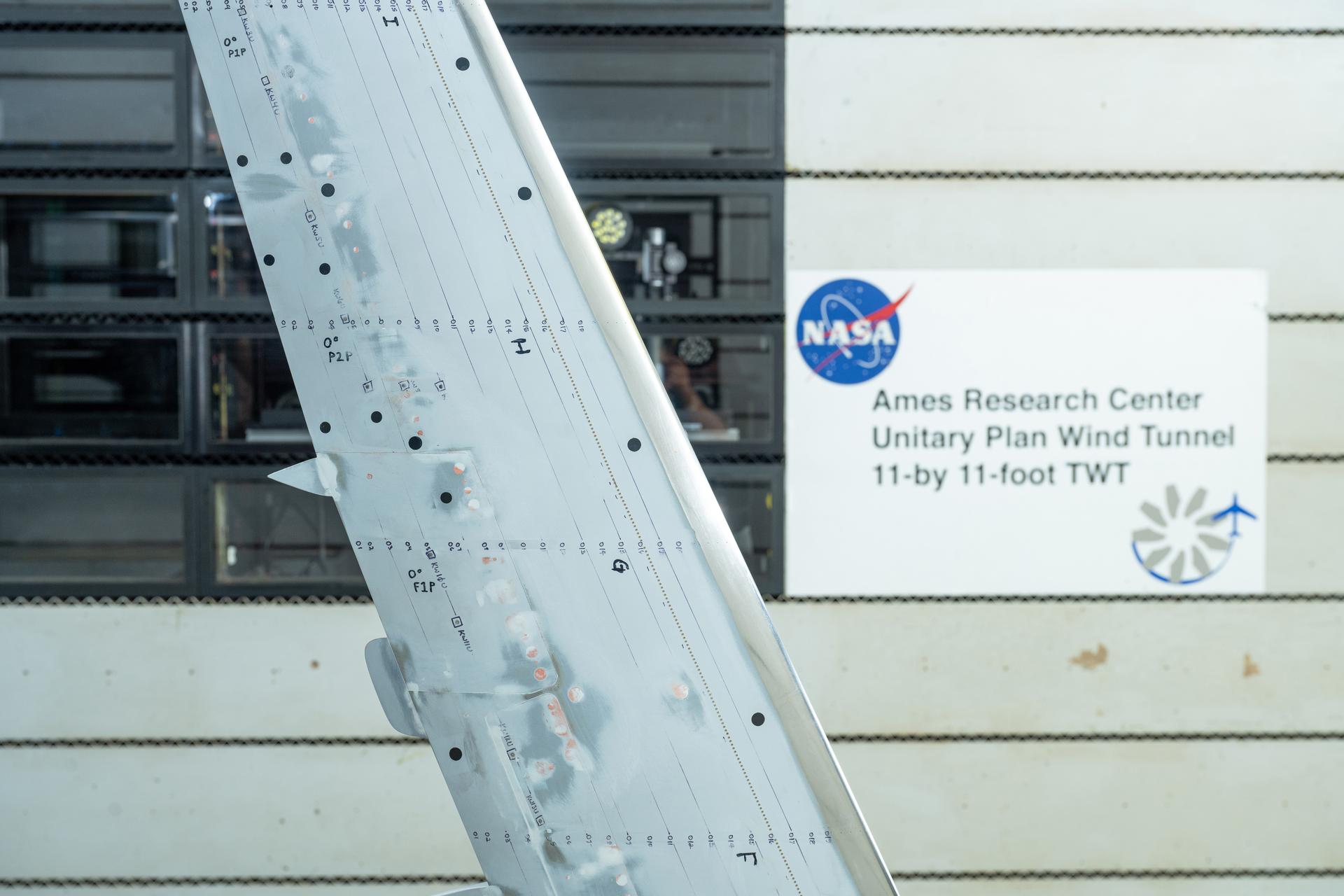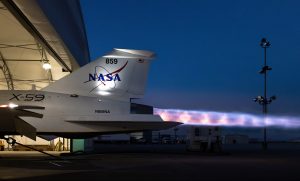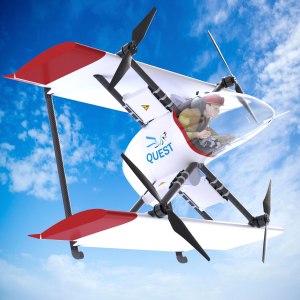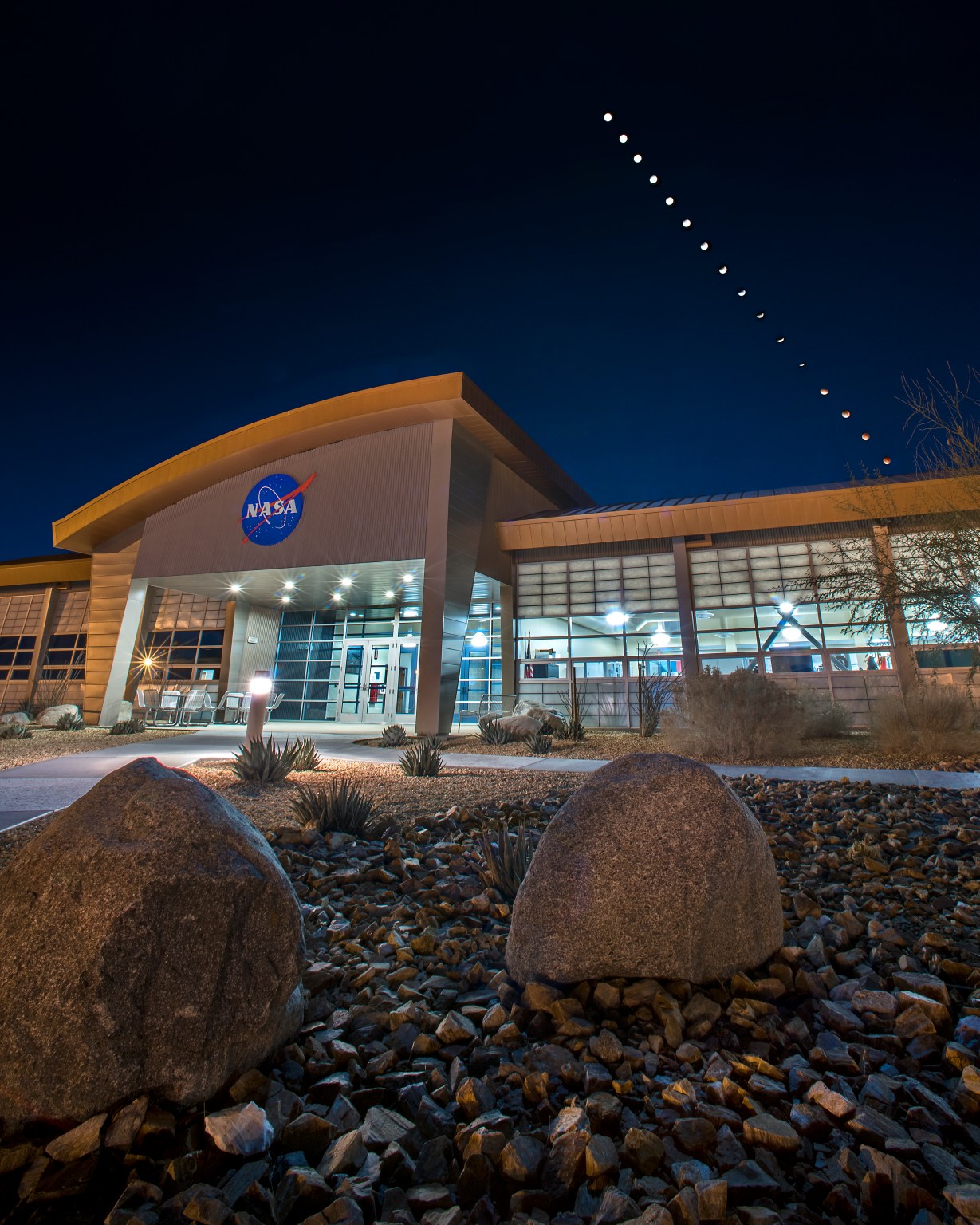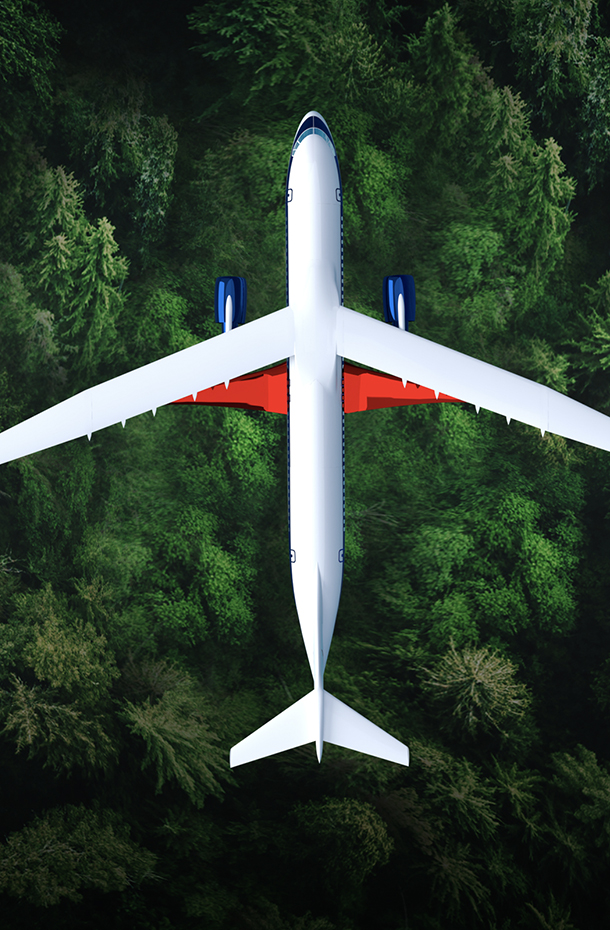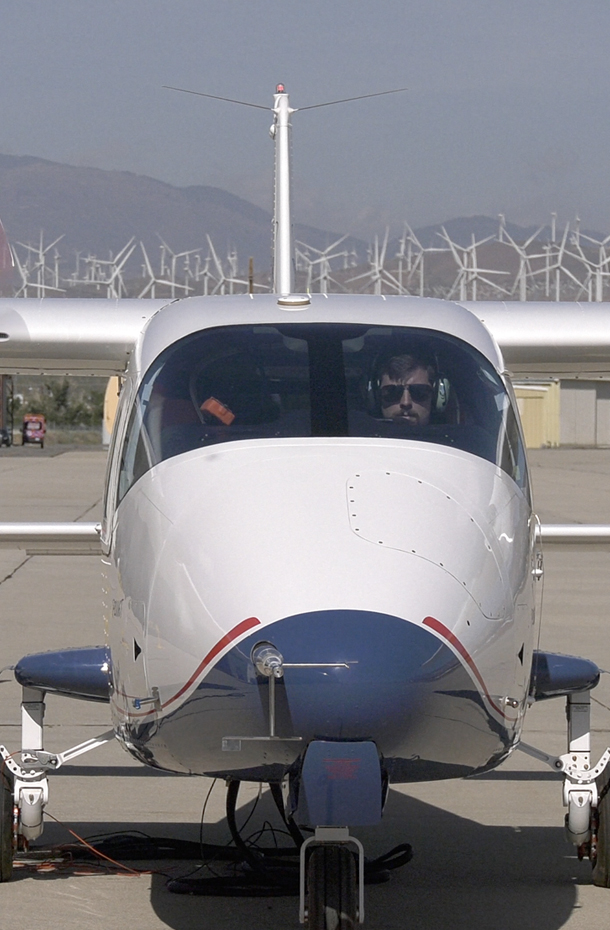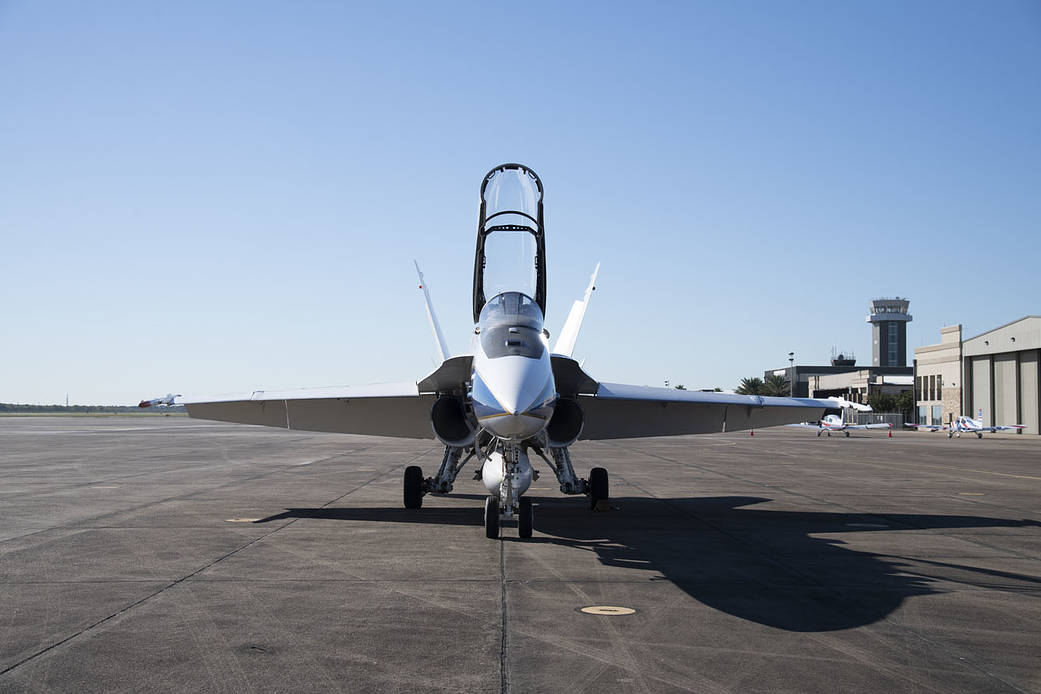NASA, Boeing, Consider New Thin-Wing Aircraft Research Focus
2 min read
Preparations for Next Moonwalk Simulations Underway (and Underwater)
NASA and Boeing are currently evaluating an updated approach to the agency’s Sustainable Flight Demonstrator project that would focus on demonstrating thin-wing technology with broad applications for multiple aircraft configurations.
Boeing’s proposed focus centers on a ground-based testbed to demonstrate the potential for long, thin-wing technology. Work on the X-66 flight demonstrator – which currently incorporates a more complex transonic truss braced wing concept that uses the same thin wing technology as well as aerodynamic, structural braces — would pause for later consideration based on the thin-wing testbed results and further truss-braced configuration studies.
Under this proposal, all aspects of the X-66 flight demonstrator’s design, as well as hardware acquired or modified for it, would be retained while the long, thin-wing technology is being investigated with more focus. NASA and Boeing would also continue to collaborate on research into the transonic truss-braced wing concept.
The proposal is based on knowledge gained through research conducted under the Sustainable Flight Demonstrator project so far.
Since NASA issued the Sustainable Flight Demonstrator award in 2023, the project has made significant progress toward its goal of informing future generations of more sustainable commercial airliners. Boeing and NASA have collaborated on wind tunnel tests, computational fluid dynamics modeling, and structural design and analysis aimed at exploring how best to approach fuel-efficient, sustainable designs.
This research has built confidence in the substantial potential energy-savings benefits that technologies investigated through the Sustainable Flight Demonstrator project and other NASA research can make possible. The Boeing proposal identifies the thin-wing concept as having broad applications for potential incorporation into aircraft with and without truss braces.
NASA and Boeing are discussing potential options for advancing these sustainable flight technologies. NASA’s ultimate goal for this sustainable aircraft research is to achieve substantial improvements for next-generation airliner efficiency, lower costs for travelers, reduced fuel costs and consumption, and increase U.S. aviation’s technological leadership.

